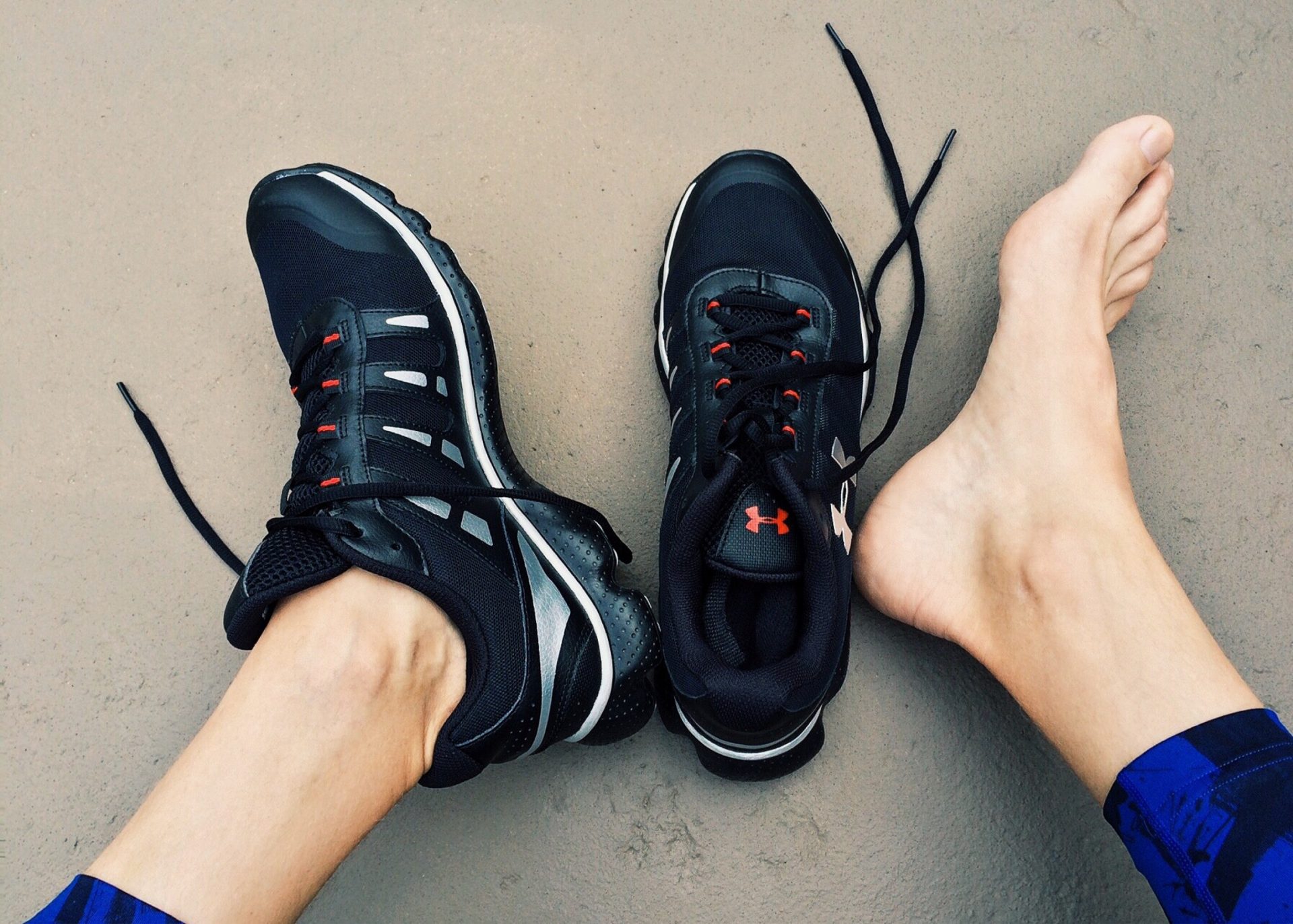One of the most common musculoskeletal problems podiatrist’s see is painful heels.
Plantar fasciitis (sometimes referred to as a heel spur or PF) is the most common cause, affecting approximately 10% of the adult population at some point in their lifetime.
What is it?
The plantar fascia is a thickened, fibrous band of connective tissue that originates from the base of the heel, extending along the sole of the foot and fanning out to connect to the base of the toes.
The role of the plantar fascia is to provide arch support and shock absorption for the foot and leg.
Repetitive activity or trauma such as walking or running can cause degeneration of the plantar fascia at the heel bone, leading to inflammation in the area.
A calcium deposit, known as a calcaneal (or heel) spur, can develop on the base of the heel bone due to the increased stress to the area.
Who does it affect?
Plantar fasciitis is generally seen in people with a pronated foot type (i.e. foot ‘rolls in’) where the arch collapses, placing increased pressure on the fascia.
Very high arches and supinated (‘rolling out’) foot types are also at risk as the foot is unable to evenly distribute forces during weight bearing.
Tight calf muscles increase the risk of developing PF due to a decrease in ankle joint movement.
Symptoms
One of the most common symptoms of PF is pain in the heel when getting out of bed in the morning or after periods of prolonged rest.
The pain usually settles once the foot has limbered up.
Periods of prolonged standing can cause the pain to return.
Patients will generally complain of stabbing pains or a constant ache.
Treatment and management:
PF can subside by itself, however, this can take 6-18 months or longer.
Early diagnosis will result in a greater success rate to conservative treatments:
- Rest from aggravating activities or surfaces (i.e. asphalt, concrete) and wearing supportive, non-fatigued, and adequate-fitting footwear will assist in recovery.
- Strapping or accommodative orthotics may be warranted to address poor foot or lower-limb posture.
- Stretching and strengthening programs can assist in addressing flexibility and weakness issues. Heat, ice and non-steroidal anti-inflammatory drugs (NSAIDs) such as ibuprofen can provide relief for pain and inflammation.
- In some instances, a corticosteroid injection may assist with inflammation in the heel area. Should all other forms of conservative treatment fail, surgery may be warranted.

